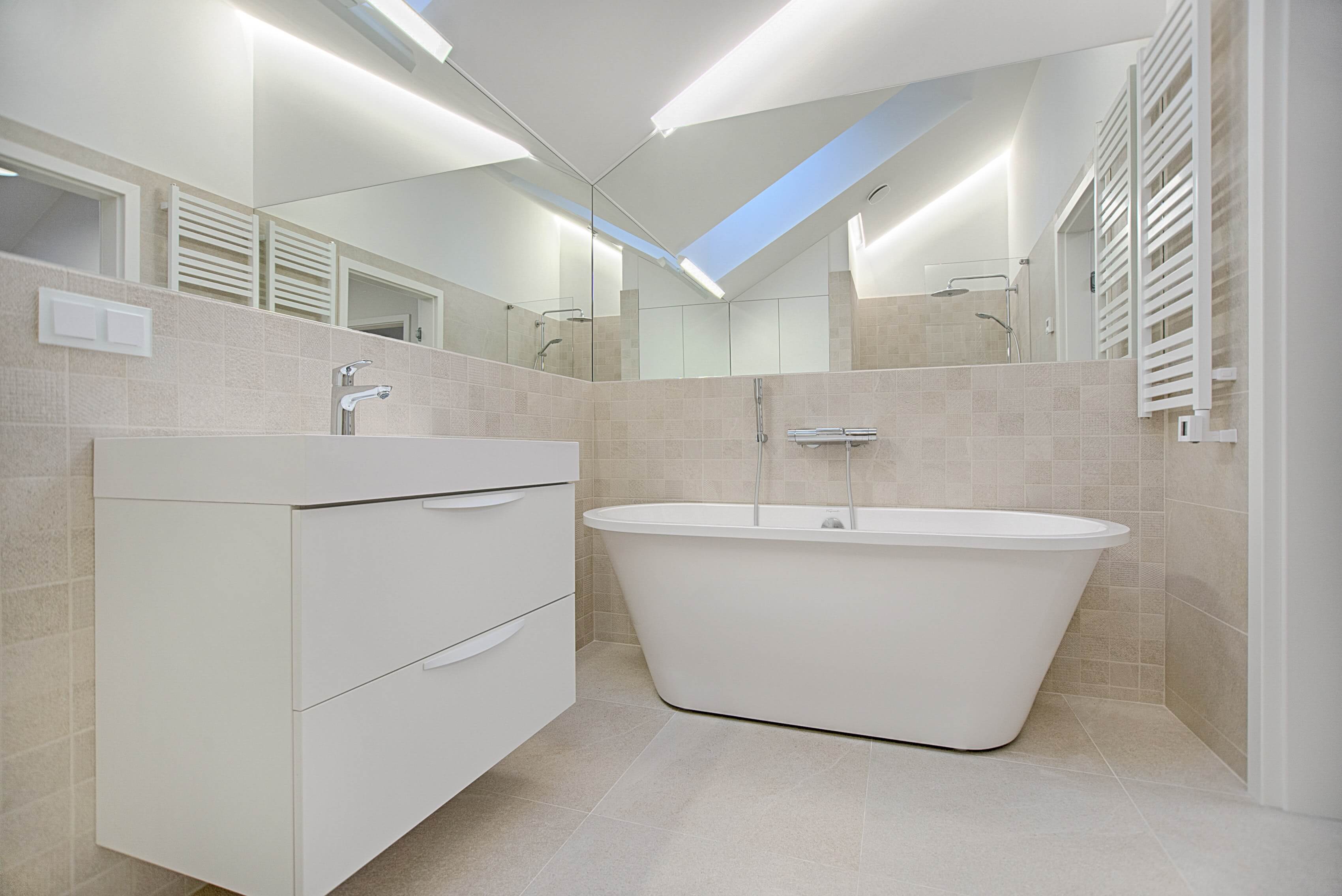A bathroom fan is usually vented to the roof or the sidewall but in many cases, venting it to the soffit is more suitable. That is because it is not always a good idea to put a hole in the roof or the sidewall. A soffit is the underside area of the eave or roof overhang. It is feasible to vent your bathroom through the soffit rather with the help of plumber phoenix az. A hole in the roof may cause it to leak. In other cases, it can be difficult to vent a second-story bathroom to the side of the house. Sometimes, venting the bathroom fan through soffit is the easiest solution as you don’t have to go onto the roof.

Here is a guide on how to vent a bathroom fan through soffit.
Avoid Bends in the Hose
You should try to install the soffit exhaust vent cover in a straight line from the bathroom exhaust fan as much as possible. Fewer bends and turns in the soffit exhaust result in better airflow. Dips and bend in the vent hose also cause the water to accumulate in the low parts due to condensation. That means the soffit exhaust of the bathroom will work better if it has less or no bends in its hose.

Ensure the Proper Vent Hose Size
If you need to install a new duct for venting your bathroom exhaust through the soffit, then you should verify the duct size used with your bathroom fan. If your bathroom fan is high powered, it may use large duct sizes like 4” or 6”. Many old bathroom fans still use the small duct sizes of 3”. Some soffit vent covers come with adapters that allow for 4”, 5” or 6” ducting.
Make the Soffit Hole
Make sure you install the soffit exhaust vent in the right location, between the rafters. Mark the area of the soffit in which you want to draw the hole. You can also use the paper template provided by the vent cover manufacturer to draw a hole on your soffit. Use a jigsaw or tin snip to cut out the soffit along the hole you marked with the permanent marker. Place the vent hose to the hole you have made in the soffit. It’s better to hire an emergency plumber to do this job with precision and accuracy.

Connect Hose to the Cover
After placing the vent hose to the hole, pull it out through the cut hole. Cut the extra hose so that a straight hosing is established from the bathroom to the soffit outer hole. Use a metal clamp to connect the vent to the soffit cover. Tighten the screw to secure the metal clamp. You can also cover the clamp with the foil tape after installation to ensure that it won’t come off. Mount the vent cover to the soffit with the help of screws. Use the manual screwdriver or cordless drill for this purpose. You may also have to drill pilot holes to mount the vent cover with the screws.
Choose the Right Type of the Vent Hose
Choose the right sized of the duct hose for your bathroom fan. You must check with the bathroom fan manufacturer as to which size of the vent hose should be used for your fan. Modern bathroom fans use 4” to 6” duct hose. Therefore, you should confirm the right size before installing the duct hose. The hose with a smaller diameter affects the performance of your bathroom fan. You can buy plastic adapters to connect an outlet of a bigger diameter.

An insulated vent hose is more feasible if your attic is not sealed off. An insulated bathroom vent hose will prevent condensation from occurring on the outside of the vent in the attic. The water formed on the outer side of the vent can cause problems like mold growth. When you run the bathroom vent during the winter, the cold air of the attic and the warm air in the vent hose cause the water to bead outside of the hose, leading to potential water problems. The condensation can lead to the formation of mold in the attic. Subsequently, the mold spores can be spread to the home’s interior as well. Moreover, the water and mold can damage the structural wood in the attic. That is why you should install an insulated hose to vent your bathroom fan through the soffit.

Hence, it is easy to vent your bathroom fan through the soffit. The major advantage of venting the bathroom fan through the soffit is avoiding venting through the roof.




Leave a Comment